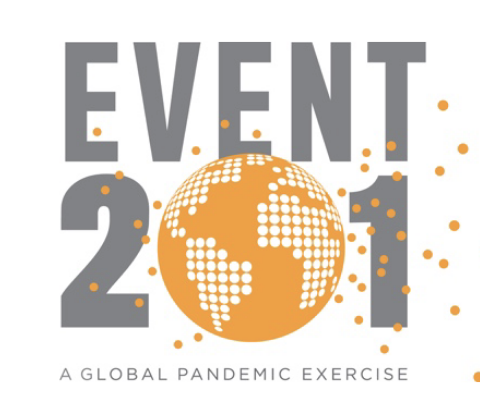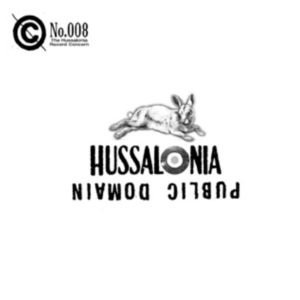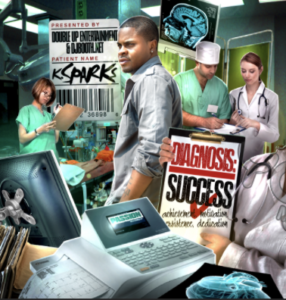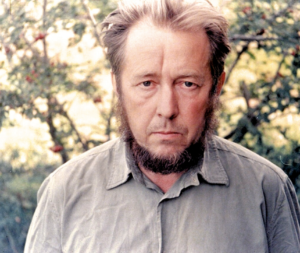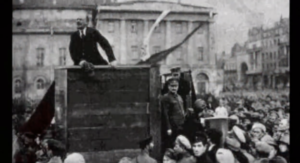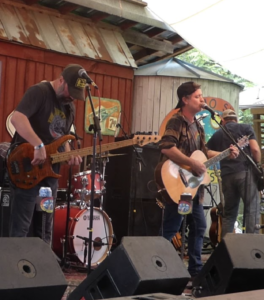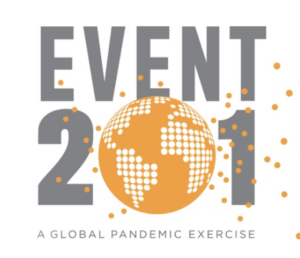Note: Event 201 simulates an outbreak of a novel zoonotic coronavirus transmitted from bats to people that eventually becomes efficiently transmissible from person to person, leading to a severe pandemic. The pathogen and the disease it causes are modeled largely on SARS, but it is more transmissible in the community setting by people with mild symptoms. Further, There is no possibility of a vaccine being available in the first year.
I’ve included their original pdf below for your pleasure, or horror – I guess it’s all a matter of perspective at this point on what you consider to be a crime against humanity.
EVENT 201 – A CALL TO ACTIONDownloadThe objective of the exercise was to produce a set of recommendations to governments, international organizations and businesses to better help them prepare for a pandemic. A PDF copy of the recommendations is also available below.
Ironically, not only did the proposed scenario from the exercise actually take place a few months later, but their recommendations became the blueprint for the global COVID-19 pandemic response.
Once reviewed in detail, recommendations 1-6 included
- partnership between governments and industry players with the goal of finalizing agreements;
- enhancing available experimental vaccine stockpiles … in collaboration with CEPI, GAVI, and WHO;
- provide more resources and support for the development and surge manufacturing of vaccines… in coordination with WHO, CEPI, GAVI, and other relevant multilateral and domestic mechanisms; and
- the World Bank, the International Monetary Fund, regional development banks, national governments, foundations, and others should explore ways to increase the amount and availability of funds in a pandemic and ensure that they can be flexibly used where needed.
Yet, the most troubling of the recommendations is the final one:
Governments and the private sector should assign a greater priority to developing methods to combat mis- and dis-information prior to the next pandemic response. (Side note: Meaning the tools to censor you for the next pandemic will not just be ready at hand, but strong like bull.)
Governments will need to partner with traditional and social media companies to research and develop nimble approaches to countering misinformation.
This will require developing the ability to flood media with fast, accurate, and consistent information. Public health authorities should work with private employers and trusted community leaders such as faith leaders, to promulgate factual information to employees and citizens.
Trusted, influential private-sector employers should create the capacity to readily and reliably augment public messaging, manage rumors and misinformation, and amplify credible information to support emergency public communications. National public health agencies should work in close collaboration with WHO to create the capability to rapidly develop and release consistent health messages. For their part, media companies should commit to ensuring that authoritative messages are prioritized and that false messages are suppressed including though the use of technology.
Event 201 laid the foundation for the COVID-19 pandemic response. It also established that censorship would be required to maintain central management of the pandemic narrative.

